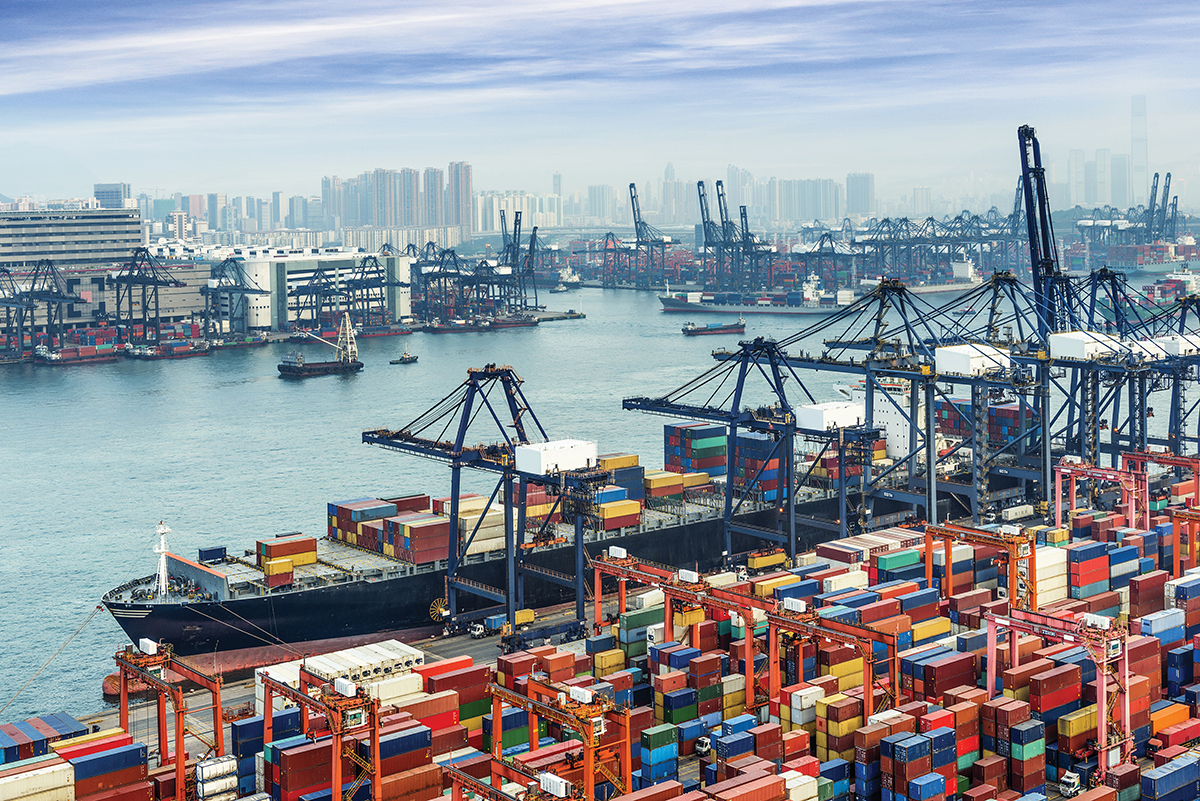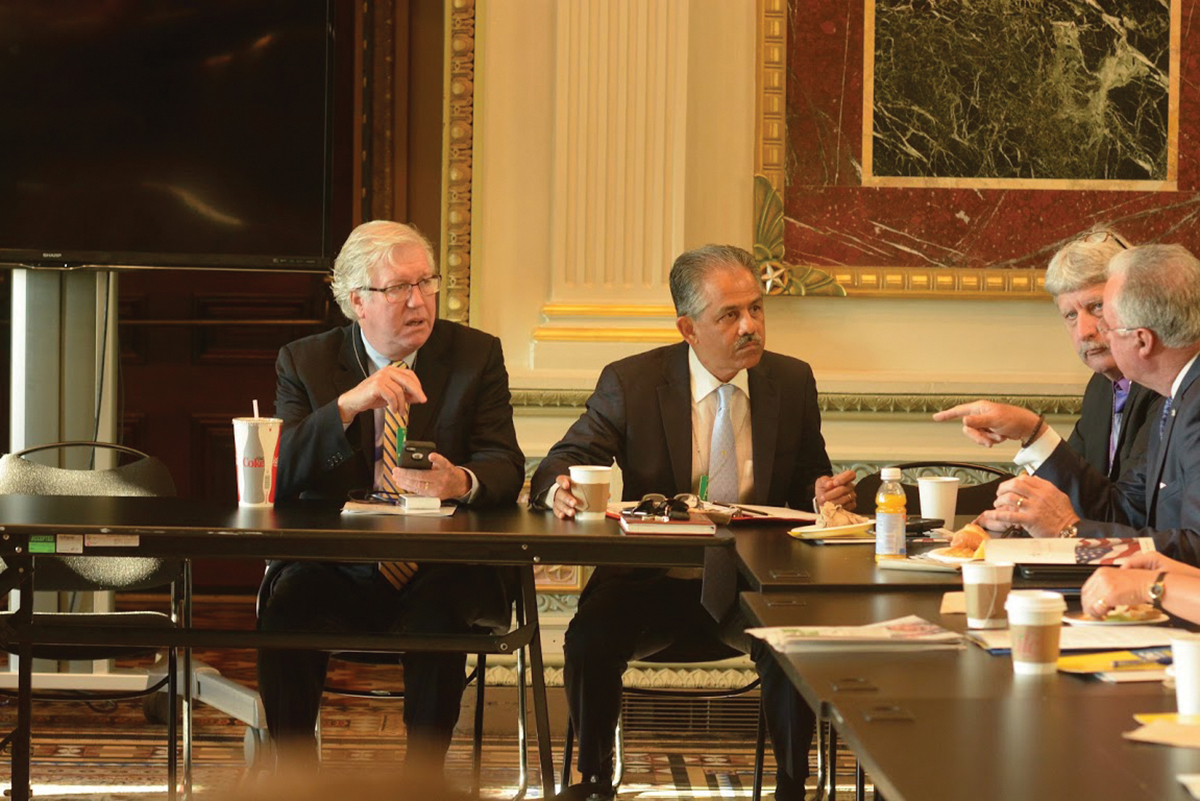

In this capricious landscape, economic development organizations (EDOs) have been reassessing their role in the community, thinking globally and acting locally through enhanced partnerships with policy makers and other local stakeholders to create quality jobs, enhance the local tax base and generally improve the quality of life in the community. By linking communities to site selectors and private sector leaders who provide valuable investments, economic developers are involved in all aspects of a deal from matchmaking to grant financing and other incentives, to attracting and retaining talent and a skilled workforce.
Having a clear understanding of market shifts and emerging trends is indispensable to developing any future plans, and this is where the International Economic Development Council (IEDC) plays a pivotal role. IEDC provides professional services and programs that disseminate economic development standards and core competencies to its membership of 5,000 economic development organizations, primarily located in North America.
Foreign Investment and Jobs
As global markets became more connected through advances in technology and trade, they also became more competitive. In the first decade of the 21st century, the U.S. lost a multitude of workers overseas, as firms relocated operations and activities to less-expensive regions. But the Great Recession and changes in the energy market instigated an increased level of caution among governments and firms, as well as more selectivity among investors. This new era of downsizing, protectionism and reshoring has made it more complicated for some communities to maintain a resilient local economic base, and in the future, competitiveness will be contingent on keeping as many businesses operating in place as possible, retaining jobs and attracting new investment.
Yet, many communities are facing a skills gap today. As a matter of fact, recent IEDC member surveys have consistently indicated that approximately 50 percent of EDOs consider the lack of a skilled workforce a top challenge to their region. These same surveys also illustrate that between 2014 and 2015, American EDOs increased their foreign direct investment (FDI) efforts by 25 percent and this activity is exponentially rising. Is this connected? Indeed, it is.
FDI is essential to creating and sustaining a quality workforce, and the Organization for International Investment (OFII) reports that U.S. subsidiaries of foreign firms and their suppliers add $2 trillion to the U.S. economy, or over 14 percent of GDP. The International Trade Administration (ITA) also confirms that 12 million people in the U.S. labor force are linked to some sort of foreign investment. Exports also play a crucial role in bringing prosperity to local economies by increasing jobs and generating wealth, and a World Bank study found that each dollar increase in export promotion expenditures brought a 40-fold increase in exports.

IEDC actively supports FDI attraction by offering an array of events on the topic and engages in initiatives to help economic development members remain innovative and competitive in the face of global challenges. Notably, IEDC has been working in partnership with the federal program SelectUSA since its inception in 2011.
SelectUSA — housed in the U.S. Department of Commerce — was established to promote and support business investment in the U.S. The program provides state EDOs and foreign and domestic businesses with the information they need to better understand the value proposition offered to firms located in the U.S. To date, SelectUSA has facilitated more than $19 billion in FDI to the U.S., creating and retaining thousands of jobs.
In addition to participating in Select-USA’s Investment Summits each year, IEDC has collaborated on five successful White House Forums on Economic Development with the program. Select-USA regularly solicits feedback from IEDC on how to improve their services related to the EDO community, and significantly in 2016, IEDC’s President and CEO Jeff Finkle, was sworn into the U.S. Investment Advisory Council. This Council supplies direct input to the Secretary of Commerce.
Furthermore, with generous funding from JPMorgan Chase, IEDC developed an advanced training course on Foreign Direct Investment and Exporting. The course provides guidance on the best ways to attract foreign investors from identifying targeted sectors to engaging new businesses. It also explores how EDOs can help to facilitate export growth in their community, with an emphasis on how existing federal and state programs can assist. The course covers all aspects of doing business with foreign entities from cultural differences to tax and financing issues.
These coordinated efforts have helped the U.S. to hold a prominent position in attracting FDI, and the A.T. Kearney Foreign Direct Investment Confidence Index® of 2016 ranked the U.S. as first on its list for FDI for the fourth year in a row. Going forward, IEDC hopes to help maintain the U.S. prowess in FDI by establishing a fruitful partnership with the new Administration. This includes ensuring the continuity of successful federal programs like SelectUSA and working with leadership to raise awareness on the importance of bilateral trade and investment to the economy.
Practical Research
As part of IEDC’s mission to stay ahead of the latest trends in the field and continuously share relevant information with members, IEDC’s Economic Development Research Program (EDRP) conducts cutting-edge research on the pertinent and practical issues facing the economic development profession. A recently published EDRP paper, “A New Standard: Achieving Data Excellence in Economic Development,” addresses the increasingly competitive digital marketplace. The paper, which was supported by the Site Selectors Guild, demonstrates how economic developers can use information and analytic tools to present the accurate and current data that corporate site selection decision-makers expect today. With firms constantly looking for a new location to expand or relocate, the ability to provide quality data is essential for competing in the economic development marketplace.
Ostensibly, change is constant and economic developers need to adapt and be nimble as they navigate in this uncertain landscape. With heightened focus on connecting and collaborating at the global level, the organization is enhancing the “I” in IEDC this year by heading to Toronto, Canada, for the 2017 Annual Conference September 17-20, 2017. The spotlight will be on the vital role of economic developers in supporting resilient economies, and this will be an excellent opportunity to glean best practices and network with experts and peers in a vibrant North American city. T&ID
